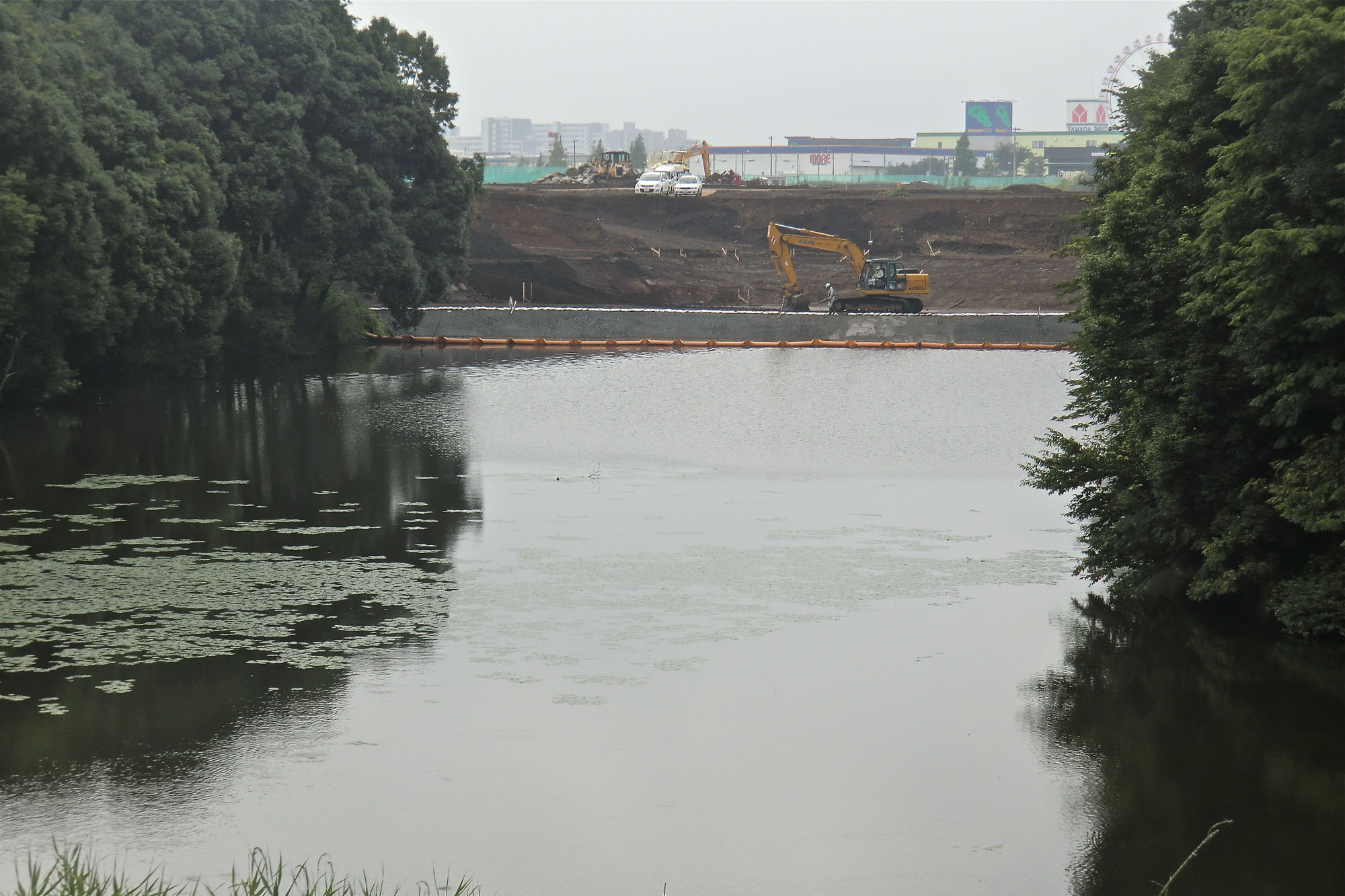The Chiba New Town development project was begun in the late 1960s by the Chiba prefectural government, and a decade later, joined by the Land Development Corporation, the government housing organ that would morph into the Urban Renaissance (UR) Agency in 2004. It is located in the northern part of the prefecture and takes in portions of the cities of Funabashi, Shiroi and Inzai.
As with all New Town (NT) developments, Chiba's was meant to create a self-sustaining residential entity, but unlike more famous NTs, such at Tama in western Tokyo and Kohoku in northern Yokohama, Kanagawa Prefecture, which are the same age, Chiba has yet to reach its initial ambitions. UR, which manages the project, runs a deficit of ¥14 trillion as a semi-public corporation, and the central government, which still subsidizes the agency, has told it to quit Chiba NT by March 2014. Consequently, there is a lot of new development taking place in the project area, though residents are wondering if it will lead to anything.
The original target was a population of 340,000, which was ambitious considering the environment. Both Kohoku and Tama enjoyed easy access to Tokyo and, in the case of the former, central Yokohama, too. There were train lines before development started. The only draw Chiba had was the potential of the New Tokyo International Airport planned for Narita, to the east. The prefecture started buying land in 1967, and UR's predecessor constructed collective housing during the '70s, but by 1984 the population had only reached 25,000, or 7.5 percent of the target. Apartment buildings stood unfinished.

















With your current subscription plan you can comment on stories. However, before writing your first comment, please create a display name in the Profile section of your subscriber account page.